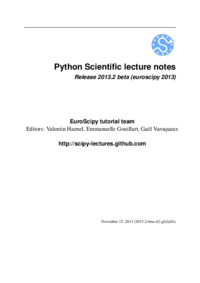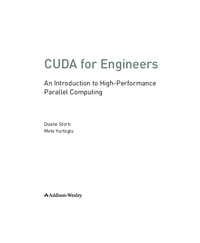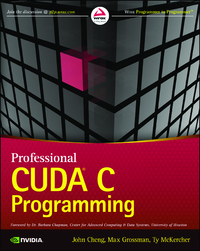Python Scientific lecture notes
Python para programación científica
110 Visitas | 163 Descargas | 2014-02-26 20:57:48 | alvarojs
Descripción
- Rich collection of already existing bricks corresponding to classical numerical methods or basic actions: we don’t want to re-program the plotting of a curve, a Fourier transform or a fitting algorithm. Don’t reinvent the wheel! - Easy to learn: computer science is neither our job nor our education. We want to be able to draw a curve, smooth a signal, do a Fourier transform in a few minutes. - Easy communication with collaborators, students, customers, to make the code live within a lab or a company: the code should be as readable as a book. Thus, the language should contain as few syntax symbols or unneeded routines as possible that would divert the reader from the mathematical or scientific understanding of the code. - Efficient code that executes quickly... but needless to say that a very fast code becomes useless if we spend too much time writing it. So, we need both a quick development time and a quick execution time. - A single environment/language for everything, if possible, to avoid learning a new software for each new problem.
Detalles
| Editorial: | Valentin Haenel, Emmanuelle Gouillart, Gaël Varoquaux |
| Autor(es): |
EuroScipy tutorial team |
| Año: | 2013 |
| Páginas: | 356 |
| Lenguaje: | Inglés |
| Tamaño: | 13.37 MB |
| Categoría: | Programación |
| Etiquetas: | python programación |
Otros Libros de "Programación"
Contribuir
Usted puede contribuir con Libros UCLV, es importante para nosotros su aporte..
Contribuir


